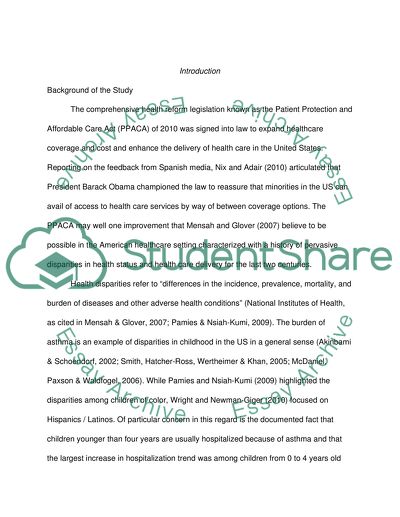Cite this document
(“Research proosal on ASTHMA Proposal Example | Topics and Well Written Essays - 2500 words”, n.d.)
Retrieved from https://studentshare.org/other/1423863-research-proosal-on-asthma
Retrieved from https://studentshare.org/other/1423863-research-proosal-on-asthma
(Research Proosal on ASTHMA Proposal Example | Topics and Well Written Essays - 2500 Words)
https://studentshare.org/other/1423863-research-proosal-on-asthma.
https://studentshare.org/other/1423863-research-proosal-on-asthma.
“Research Proosal on ASTHMA Proposal Example | Topics and Well Written Essays - 2500 Words”, n.d. https://studentshare.org/other/1423863-research-proosal-on-asthma.


